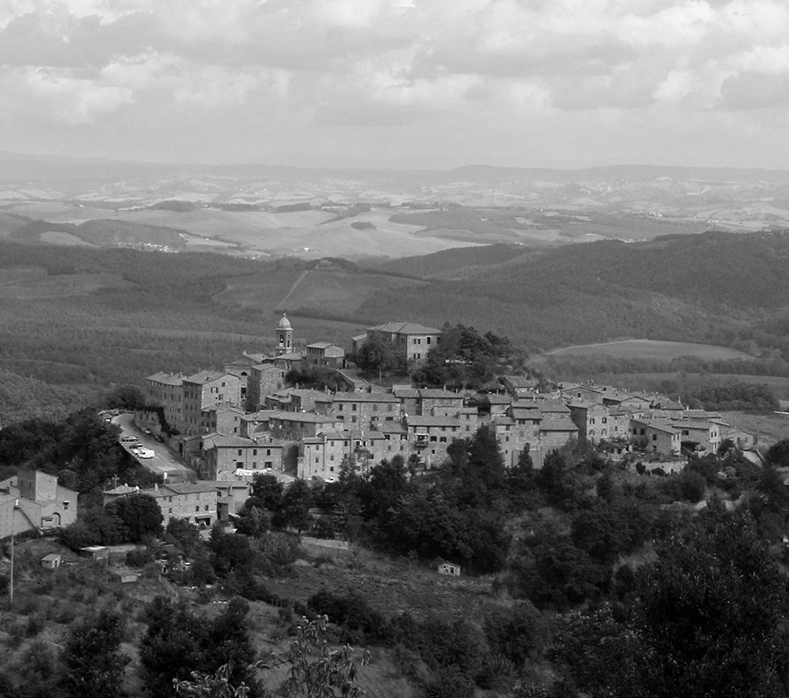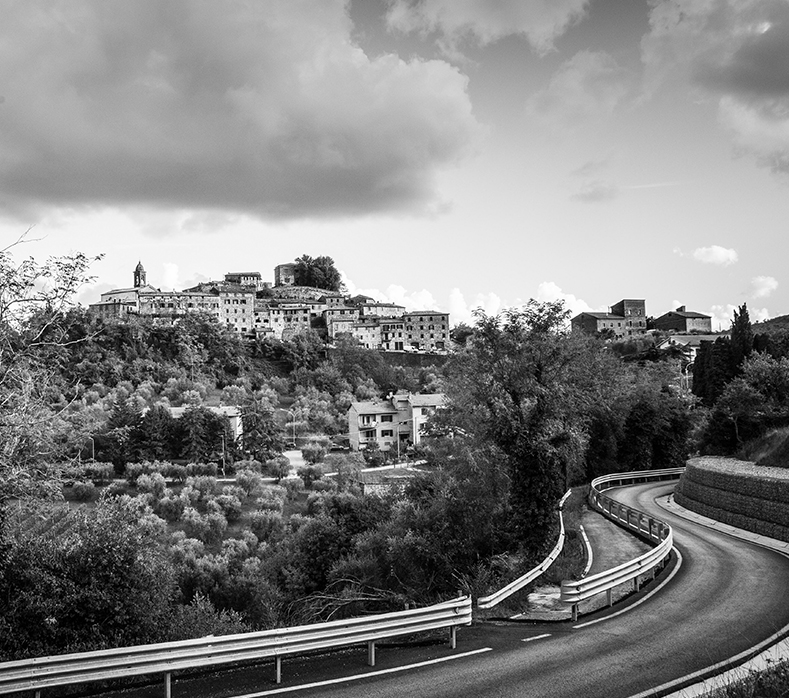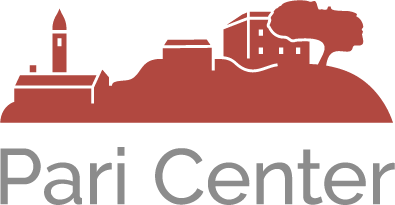Your cart is currently empty!
David Peat’s Vessel
One of David Peat’s initial feelings on arriving in Pari was that the village was a container, a safe haven. In essential ways the rhythms of life had changed very little over a millennium. The same families had been living there for centuries leading a traditional life, tending their vineyards and olive groves and taking care of the land.
He wrote:
“When I first visited Pari, in 1994, I was struck by the rather bizarre reflection that I was somehow living in the future. The village itself was at least 800 years old and, in essential ways, the rhythms of life had changed very little over the centuries. When, in 1996, I returned to live permanently in Pari this intuition persisted: that there was something of great value in this community that could be carried into our common future.”
It struck him that the way the village had been constructed centuries ago, felt like a vessel, a round container. There was only one road leading into Pari and one main street that wound around in a complete circle. The village also felt protected by being surrounded by the Tuscan hills.


It seemed to him the perfect quiet and peaceful environment from which to pause and find time for thought and contemplation. Also, where people could have the opportunity to meet in small groups for several days to make an in-depth exploration of ideas and themes about which they felt passionate. From within this beautiful and ancient site, he could create a place where people could express themselves freely within the safe atmosphere of a vessel. The Pari Center was born.
He wrote:
“These meetings are not designed to exhibit one’s intellectual fireworks, but rather to engage in mutual exploration of particular themes, not only simply from the perspective of “new ideas” but also as they related to questions of ethics, values and society. Underlying each meeting will be the sense that this discussion is taking place within an environment that has sustained a strong social meaning for over 800 years.”
Among its many achievements The Pari Center is three-time winner of the Metanexus Award for ‘Excellence in Programming’ (events, talks, roundtables and conferences in religion and science).


